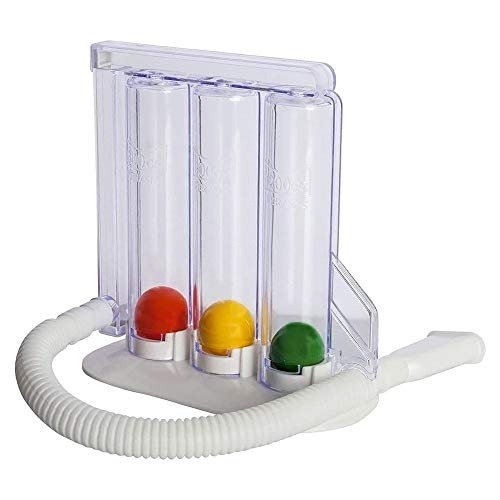Explore 7 trauma release exercises including deep breathing, progressive muscle relaxation, grounding techniques, guided imagery, , emotional release, and self-massage to heal and let go. These powerful techniques promote healing and provide relief from trauma.
7 Trauma Release Exercises
Trauma can have a profound impact on our physical and emotional well-being. It is important to find healthy ways to release and process the emotions and tension that trauma can create. In this section, we will explore seven effective trauma release exercises that can help you heal and regain a sense of balance in your life.
Deep Breathing Exercise
One powerful way to release trauma is through deep breathing exercises. Deep breathing activates the body’s relaxation response, which helps to calm the nervous system and reduce anxiety. To practice deep breathing, find a comfortable position and take a slow, deep breath in through your nose. Feel your belly expand as you inhale, and then slowly exhale through your mouth. Repeat this process several times, focusing on the sensation of your breath and allowing yourself to let go of tension with each exhale.
Progressive Muscle Relaxation
Another effective technique for releasing trauma is progressive muscle relaxation. This exercise involves systematically tensing and then releasing different muscle groups in the body. Start by tensing the muscles in your toes and feet for a few seconds, and then release the tension as you exhale. Move up through the body, tensing and releasing each muscle group, from your calves and thighs to your abdomen, chest, and all the way up to your face and scalp. This exercise helps to release physical tension and promotes a sense of deep relaxation.
Grounding Technique
The grounding technique is a powerful tool for managing trauma-related anxiety and dissociation. This exercise involves bringing your attention to the present moment and connecting with your physical surroundings. Find an object in your environment and focus on its texture, color, and shape. Notice the weight of your body on the chair or the feeling of your feet on the ground. Take a moment to name five things you can see, four things you can touch, three things you can hear, two things you can smell, and one thing you can taste. This grounding exercise helps to anchor you in the present moment and alleviate feelings of disconnection.
Guided Imagery Exercise
Guided imagery is a technique that uses the power of imagination to promote healing and relaxation. Find a quiet and comfortable space, close your eyes, and imagine yourself in a peaceful and safe environment. It could be a beautiful beach, a serene forest, or a cozy cabin in the mountains. Allow yourself to fully immerse in this visualization, engaging all your senses. Notice the sights, sounds, smells, and even the temperature of your imagined surroundings. Guided imagery can provide a sense of comfort and escape, allowing you to release tension and find inner peace.
Journaling Exercise
Expressing your thoughts and emotions through writing can be a cathartic and healing process. Grab a pen and paper, or open a blank document on your computer, and start about your experiences, feelings, and reactions related to your trauma. Write without judgment or self-editing, allowing your thoughts to flow freely onto the page. You can explore your fears, hopes, and dreams, or simply document your day-to-day experiences. Journaling can provide a sense of release and clarity as you navigate your healing journey.
Emotional Release Exercise
Sometimes trauma can get trapped in our bodies, leading to physical tension and emotional distress. One way to release these pent-up emotions is through an emotional release exercise. Find a private space where you feel comfortable expressing yourself, and allow yourself to fully feel and express your emotions. You can scream into a pillow, punch a punching bag, or engage in any physical activity that allows you to release the energy associated with your emotions. Remember to prioritize safety and find healthy ways to channel your emotions.
Self-Massage Technique
Massage is a powerful tool for releasing tension and promoting relaxation. While it is beneficial to receive a professional massage, you can also practice self-massage techniques at home. Start by gently rubbing your hands together to generate warmth. Then, place your hands on areas of your body that feel tense or sore, and apply gentle pressure. You can use circular motions or long strokes to massage the muscles, focusing on areas such as the neck, shoulders, back, and feet. Self-massage can help to alleviate physical tension and promote a sense of well-being.
Incorporating these trauma release exercises into your daily routine can aid in your healing journey. Remember to listen to your body and give yourself permission to prioritize self-care. By engaging in these exercises, you are taking an active role in your own healing and well-being.


